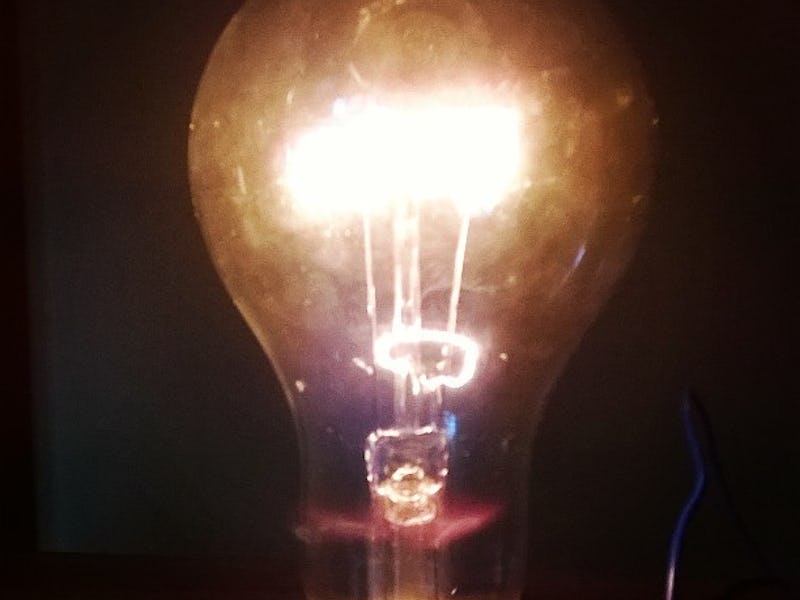Researchers Revamp the Incandescent Light Bulb
Researchers at MIT may have improved on Edison’s creation in just the right way.

Incandescent light bulbs, considered wasteful of heat, could potentially be improved in efficiency, according to researchers working at MIT in Cambridge, Massachusetts.
Using tech not radically different from what Thomas Edison conceived in the 1880s, incandescent bulbs use electricity to create light by heating a wire filament to temperatures of around 4900 degrees Fahrenheit—causing the filament to glow and produce light. However, these bulbs only convert about three percent of the energy required into light—putting the rest out as unnecessary heat—making such classic bulbs largely inefficient and potentially damaging to the climate.
In a paper published Monday (Tailoring high-temperature radiation and the resurrection of the incandescent source), the MIT-based authors report that using nanotechnology, a structure built around the filament of a bulb can capture leaking heat—and returning it to the filament—where it is re-absorbed and then emitted as light.
The authors of the paper state that such an innovation could “become a light source that reaches luminous efficiencies surpassing existing lighting technologies, and nearing a limit for lighting applications…approaching that of commercial fluorescent or light-emitting diode (LED) bulbs, but with exceptional reproduction of colors and scalable power.”
However, as traditional incandescent bulbs have been phasing out to match current efficiency standards established by the Energy Independence and Security Act of 2007, the fate of the classic bulb may already be sealed—but if the MIT work could result in cheaper and more effective lighting, Edison’s signature invention could hypothetically rise again.